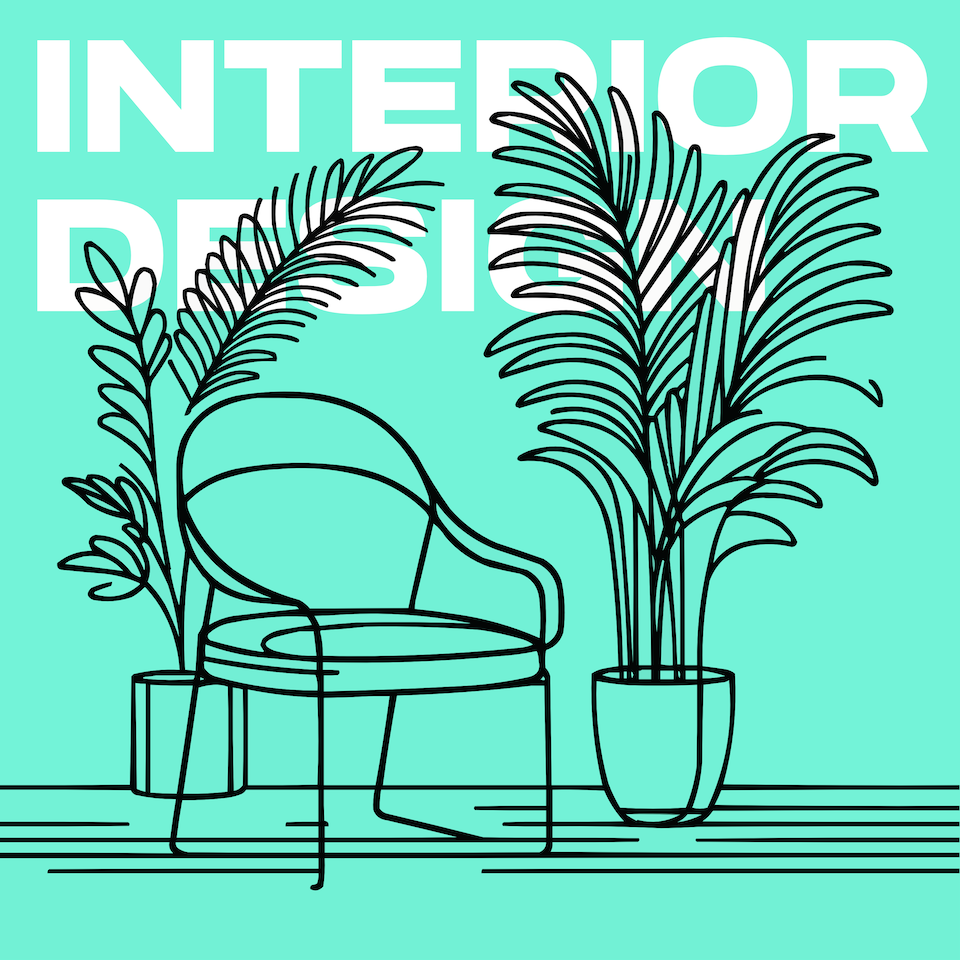Unlocking the Power of Visual Harmony
Hello, dear listeners, and welcome back to another episode of "Interior Design for Beginners." Today, we are going to uncover the secrets behind creating visual harmony in your spaces, an aspect of design that, when mastered, can transform your home into a cohesive and aesthetically pleasing haven. Visual harmony is akin to a symphony, where each element, whether it be color, furniture, or decor, plays its part in creating a cohesive whole. It’s what makes a space feel 'just right.' And you know what? You don't have to be an expert or have a vast budget to achieve it. Today, we’ll embark on a journey to unlock the power of visual harmony, making it accessible and actionable for enthusiasts of all levels. So, how do we begin this journey? Let's start with the foundation of any harmonious design—the color palette. Visual harmony often begins with a carefully chosen color scheme that serves as the backdrop for your entire space. Imagine your room as a canvas, and your color palette is the first set of paints you choose to work with. A well-thought-out palette doesn’t scream for attention but rather whispers, setting the stage for every other design element to shine. Next up, we look at the arrangement and proportion of furniture. The spatial arrangement must not only cater to practicality but should also enhance visual flow, guiding the eye smoothly around the room. It’s about achieving a balance where nothing feels too crowded or sparse. Here, the concept of scale comes into play. Every piece of furniture should be in proportion to the space it occupies as well as to the other elements in the room. Another key player in the ensemble of visual harmony is texture. While often overlooked, texture adds depth and interest, preventing a space from feeling flat or monotonous. Whether it's the softness of a throw pillow, the grain of a wooden table, or the sleekness of a metal lamp, texture introduces variety without chaos. Let's not forget the role of patterns and prints. These can be a powerful tool in creating visual harmony when used judiciously. The trick is to find a balance—too much can overwhelm, while too little may fall flat. One way to achieve this balance is by sticking to a consistent color palette or theme throughout the patterns. Lastly, we come to the finishing touches—accessories and decor. These elements are the equivalent of the final brush strokes on a painting, bringing your space to life. Careful selection and placement are key, ensuring these pieces complement rather than clash with the overall design. Dear listeners, visual harmony in interior design is not an elusive art form reserved for the few. It’s about thoughtful consideration, balance, and cohesion among all elements within a space. By understanding and applying these principles, you can create environments that not only look good but feel good too. Thank you for joining me today on this journey to unlocking the power of visual harmony. Remember, confidence in design comes from knowledge and practice. Until next time, here’s to creating more beautiful and harmonious spaces in our lives. Goodbye, and happy designing!
Brought to you by Room AI
